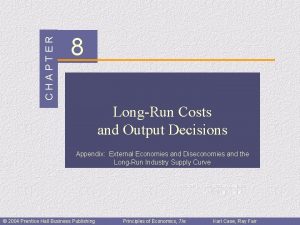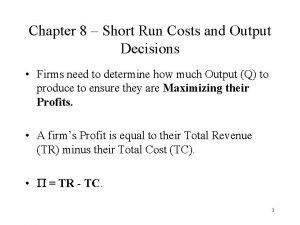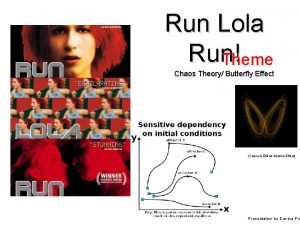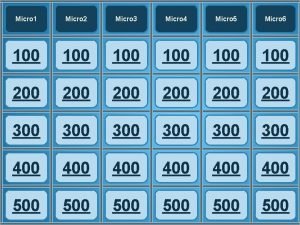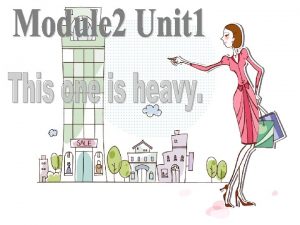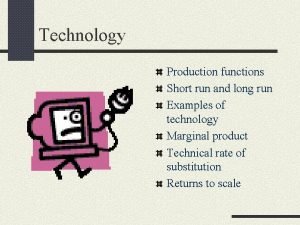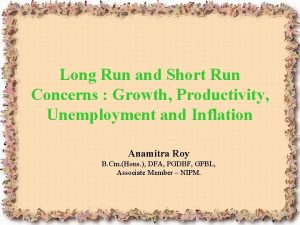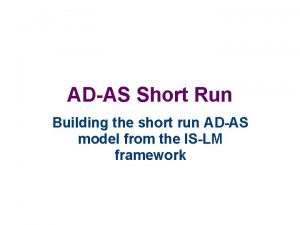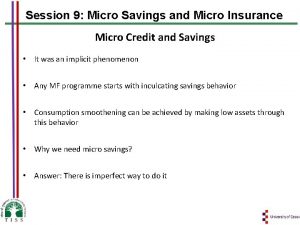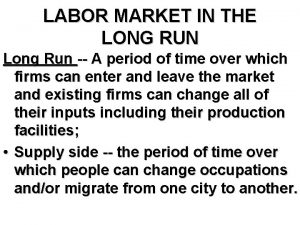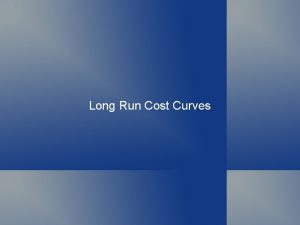Short Run Long Run and Efficiency Micro Chapter














- Slides: 14

Short Run, Long Run and Efficiency Micro Chapter 18

Cross Elasticity of Demand • Measures how sensitive consumer purchases of one product are to a change in price of another product • Exy = Percentage change in Q demanded x/ Percentage change in price of Y

Substitute Goods • If Cross elasticity is > 0, x and Y are substitutes • Ex- price of Coke goes up, more Pepsi is purchased

Complements • Cross elasticity < 0, X and Y are complements • An increase in the price of X causes a decrease in the demand for Y • Ex- increase in the price of digital cameras leads to a decrease in the demand of memory cards

Independent Goods • Zero or near zero cross elasticity means the items are unrelated • Ex- walnuts and plums

Uses of Cross-Elasticity • Government uses cross elasticity when deciding whether mergers will violate antitrust laws

Income Elasticity of Demand • Ei = % change in quantity demanded/ % change in income • Measures the degree to which consumers respond to a change in income in buying more or less of a particular good

Normal (Superior) Good • Ei >0 • More demand as income increases • Ex- cars, vacation, electronics

Inferior Goods • Ei < 0 • Consumers decrease their purchases of inferior goods as income goes up • Ex- Ramen Noodles, retread tires

Consumer Surplus • The difference between the amount consumer(s) are willing to pay and equil $ Consumer Surplus Equilibrium Price = $8

Producer Surplus • Difference between the actual price a producer receives and the min. acc. price Price (Per Bag) S P 1 Producer Surplus Equilibrium Price = $8

Efficiency S Price (Per Bag) Consumer Surplus Equilibrium Price = $8 P 1 Producer Surplus D Q 1 Quantity (Bags)

Efficiency/Deadweight Loss • Reductions of combined consumer and producer surpluses associated with underproduction or overproduction • Quantities < or > Q 1

Efficiency Loss S Price (Per Bag) Efficiency Losses P 1 D Q 2 Q 1 Q 3 Quantity (Bags)
 Long and short
Long and short Long run supply curve
Long run supply curve Perfect competition short run
Perfect competition short run Short run vs long run economics
Short run vs long run economics Productive inefficiency and allocative inefficiency
Productive inefficiency and allocative inefficiency Productively efficient vs allocatively efficient
Productively efficient vs allocatively efficient Productively efficient vs allocatively efficient
Productively efficient vs allocatively efficient Once upon a time there lived a fox
Once upon a time there lived a fox Within run and across run meaning
Within run and across run meaning Long run cost and output decisions
Long run cost and output decisions Short run cost and output decisions
Short run cost and output decisions Themes in run lola run
Themes in run lola run Run lola run editing techniques
Run lola run editing techniques Brigitta olsen
Brigitta olsen Brigitta manthey
Brigitta manthey









